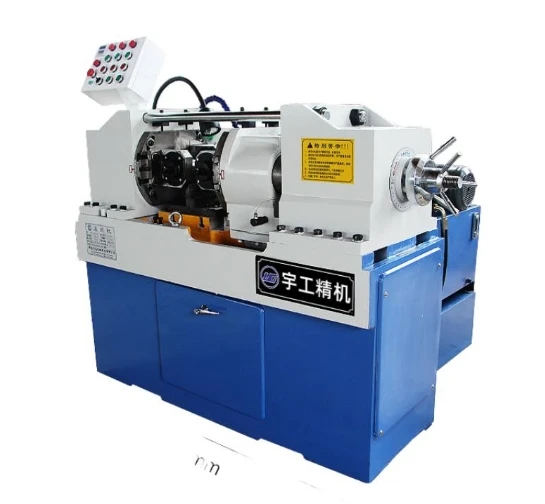
-
 Afrikaans
Afrikaans -
 Albanian
Albanian -
 Amharic
Amharic -
 Arabic
Arabic -
 Armenian
Armenian -
 Azerbaijani
Azerbaijani -
 Basque
Basque -
 Belarusian
Belarusian -
 Bengali
Bengali -
 Bosnian
Bosnian -
 Bulgarian
Bulgarian -
 Catalan
Catalan -
 Cebuano
Cebuano -
 Corsican
Corsican -
 Croatian
Croatian -
 Czech
Czech -
 Danish
Danish -
 Dutch
Dutch -
 English
English -
 Esperanto
Esperanto -
 Estonian
Estonian -
 Finnish
Finnish -
 French
French -
 Frisian
Frisian -
 Galician
Galician -
 Georgian
Georgian -
 German
German -
 Greek
Greek -
 Gujarati
Gujarati -
 Haitian Creole
Haitian Creole -
 hausa
hausa -
 hawaiian
hawaiian -
 Hebrew
Hebrew -
 Hindi
Hindi -
 Miao
Miao -
 Hungarian
Hungarian -
 Icelandic
Icelandic -
 igbo
igbo -
 Indonesian
Indonesian -
 irish
irish -
 Italian
Italian -
 Japanese
Japanese -
 Javanese
Javanese -
 Kannada
Kannada -
 kazakh
kazakh -
 Khmer
Khmer -
 Rwandese
Rwandese -
 Korean
Korean -
 Kurdish
Kurdish -
 Kyrgyz
Kyrgyz -
 Lao
Lao -
 Latin
Latin -
 Latvian
Latvian -
 Lithuanian
Lithuanian -
 Luxembourgish
Luxembourgish -
 Macedonian
Macedonian -
 Malgashi
Malgashi -
 Malay
Malay -
 Malayalam
Malayalam -
 Maltese
Maltese -
 Maori
Maori -
 Marathi
Marathi -
 Mongolian
Mongolian -
 Myanmar
Myanmar -
 Nepali
Nepali -
 Norwegian
Norwegian -
 Norwegian
Norwegian -
 Occitan
Occitan -
 Pashto
Pashto -
 Persian
Persian -
 Polish
Polish -
 Portuguese
Portuguese -
 Punjabi
Punjabi -
 Romanian
Romanian -
 Russian
Russian -
 Samoan
Samoan -
 Scottish Gaelic
Scottish Gaelic -
 Serbian
Serbian -
 Sesotho
Sesotho -
 Shona
Shona -
 Sindhi
Sindhi -
 Sinhala
Sinhala -
 Slovak
Slovak -
 Slovenian
Slovenian -
 Somali
Somali -
 Spanish
Spanish -
 Sundanese
Sundanese -
 Swahili
Swahili -
 Swedish
Swedish -
 Tagalog
Tagalog -
 Tajik
Tajik -
 Tamil
Tamil -
 Tatar
Tatar -
 Telugu
Telugu -
 Thai
Thai -
 Turkish
Turkish -
 Turkmen
Turkmen -
 Ukrainian
Ukrainian -
 Urdu
Urdu -
 Uighur
Uighur -
 Uzbek
Uzbek -
 Vietnamese
Vietnamese -
 Welsh
Welsh -
 Bantu
Bantu -
 Yiddish
Yiddish -
 Yoruba
Yoruba -
 Zulu
Zulu
Thread Rolling Machinery and Equipment for Precision Manufacturing Solutions
The Evolution and Importance of Thread Rolling Equipment in Manufacturing
Thread rolling is a pivotal process in manufacturing, particularly in the production of fasteners, screws, and various components that demand high precision and durability. The equipment employed for thread rolling has undergone significant advancements, enhancing efficiency and accuracy. This article explores the importance of thread rolling equipment, its applications, and the technological evolution it has experienced.
Thread rolling is a cold working process used to create external threads on a cylindrical workpiece. Unlike traditional cutting methods, which remove material, thread rolling displaces it, resulting in a stronger and more resilient thread. This strength is especially crucial in applications where mechanical integrity and performance are paramount. As a result, industries such as automotive, aerospace, and construction heavily rely on thread rolling equipment.
The Evolution and Importance of Thread Rolling Equipment in Manufacturing
One of the most significant advancements in thread rolling technology has been the integration of computer numerical control (CNC). CNC thread rolling machines allow for precise control of the rolling process, giving operators the ability to program intricate designs and adjust parameters on the fly. This has not only enhanced the flexibility of manufacturing processes but has also minimized waste and improved overall throughput.
thread rolling equipment product

Moreover, modern thread rolling equipment comes equipped with advanced features such as in-process monitoring systems. These systems utilize sensors to track critical variables, such as force and torque, during production. By analyzing this data in real-time, manufacturers can instantly identify potential issues, allowing for immediate corrections and reducing the likelihood of defective products. This shift towards data-driven manufacturing aligns with the broader trend of Industry 4.0, where smart technologies play a crucial role in enhancing operational efficiency.
The applications of thread rolling equipment extend beyond just fastener production. Industries utilize thread rolling technology to manufacture various components that require enhanced mechanical properties. For example, in the aerospace industry, thread-rolled components can withstand higher loads and greater stress, making them ideal for critical applications. Similarly, in the automotive sector, thread rolling is used to produce high-strength bolts and connectors that contribute to vehicle safety and performance.
Another notable advantage of thread rolling is its cost-effectiveness. The cold working process generally requires less energy compared to cutting methods, as it does not involve heating the metal. Furthermore, since thread rolling creates minimal waste, manufacturers can achieve a more sustainable production process. This aspect is increasingly important as industries strive to reduce their environmental impact.
In conclusion, the significance of thread rolling equipment in modern manufacturing cannot be overstated. Its evolution from manual processes to sophisticated CNC machines exemplifies the growth of manufacturing technology. With applications spanning multiple industries, thread rolling continues to play an essential role in producing high-quality, durable components. As the industry moves forward, further innovations in thread rolling technology are likely to emerge, promising even greater efficiency and precision. Manufacturers who invest in the latest thread rolling equipment will be better positioned to meet the evolving demands of the market and maintain a competitive edge.
